Unique lotus silk
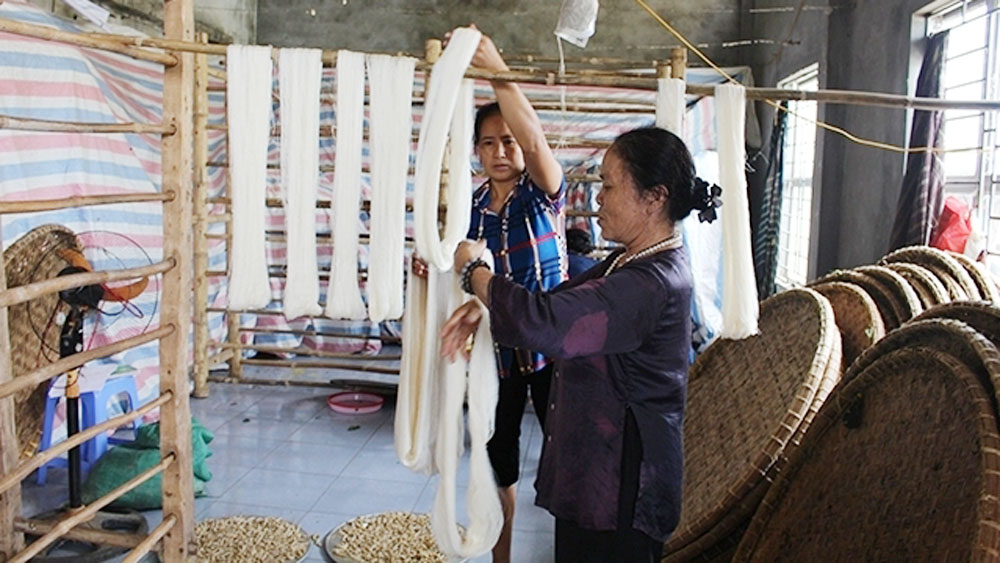 |
|
Unlike normal silk, which can be exposed to the sun, lotus silk is only exposed in the shade, in an airy place so it does not lose its characteristic scent and the silk cord does not dry out when weaving silk. |
From an idea of silkworm making ... weavers
Phung Xa is a traditional craft village on the banks of the Day River. On the land of Ha Tay (old), along with Van Phuc silk village, Phung Xa is known for traditional weaving. The poetic land was oft-mentioned poems and songs,
Born into a family of four generations of weavers in Phung Xa, when she was a child, Thuan used to pick mulberries, raise silkworms, and weave. She became familiar with the hardship of fabric weaving. Thuan shared that that raising silkworm is more difficult than caring for a child. “If you do not love the job, or have the patience, you cannot do this”, she said.
The 80s of the last century were the most difficult period of Phung Xa in particular and traditional textile villages in general as the product couldn’t be sold and many houses cut down their mulberry orchards to grow other crops, while looms gathered dust. “But I'm determined to stay with the craft of four family generations”, she said. The difficulties have blown over and the village is revived.
Her production base has created jobs for more than 30 local workers. Many farmers have been instructed to grow mulberries and raise silkworms. However, facing the fierce competition of the market, if there isn’t a unique product, it is difficult to make a business viable, causing concern for artisan Thuan. During the first few days of 2010, she came up with the idea: Why not turn the silkworms into "professional weavers"?
From the idea, she spent over a year conducting eight silkworm experiments, with more than a month of staying awake through the night to create a strange silk weaving method. She said that the silkworms would usually nest and then turn into cocoons.
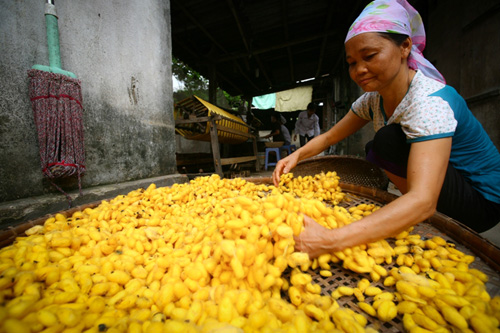 |
|
The silkworms would usually nest and then turn into cocoons. |
But if there is no place to hold them, then they are forced to release the silk into space. Based on that characteristic, she let the silkworm release the silk cord on a flat surface. As a result, after four to five days, the silkworms released their knitting yarns, forming a flat cocoon. The pods would then be boiled for four hours and processed to create the smooth material – a firmly bonded silk product which is better than that produced by the fine-tuning technique.
Products such as pillows, suits, hats
….to the determination of making lotus silk
In early 2017, someone went to a small village in Myanmar and witnessed the local people weaving silk from the lotus stalk. All of their products were bought by a French designer at a very high price. After returning to Vietnam, the person suggested that Phan Thi Thuan makes that kind of silk. She said "At first, I was not going to weave that kind of silk”. But she thought that if other people could do it, she could do. She spent nearly a month trying to produce the lotus silk thread.
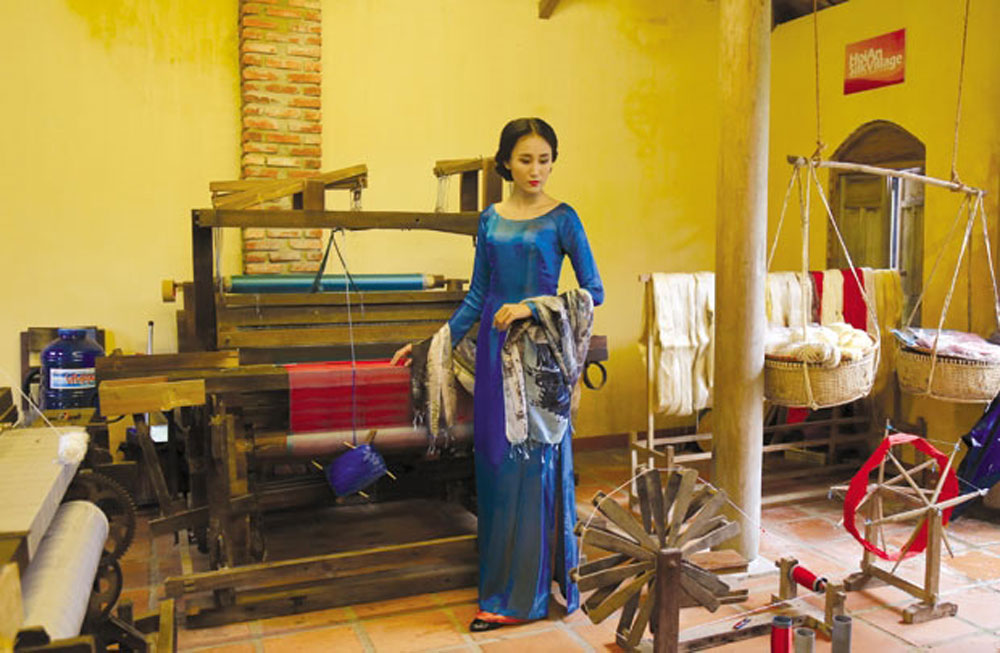 |
|
The products of Phung Xa craft village. |
Along with normal silk, the craftsmen were trained in the making silk lotus method by artisan Thuan. The lotus stalks should be processed within 24 hours because if the stalk is dry, the silk will be completely ruined. On average, a worker draws a silk thread from roughly 260 lotus stalks, collecting about 170
A lotus stalk contains about 30 tiny threads. It is necessary to have 1,200 lotus stalks to weave almost 10,000
Each lotus thread is 10 times smaller than the strand of hair. As a result, the step of drawing a silk thread is important, requiring meticulous and skillful workmanship.
Unlike normal silk, which can be exposed to the sun, lotus silk is only exposed in the shade, in an airy place so it does not lose its characteristic scent and the silk cord does not dry out when weaving silk.
If the product is developed, it will create jobs for many laborers and make full use of the lotus stalks after harvesting the flowers. With lotus silk, many souvenir items and gifts for international delegations are expected to be produced. It will be a very meaningful gift because it is purely Vietnamese.
However, nowadays, weaving lotus silk is completely handmade. Artisan Thuan said that some partners have contacted her to cooperate in producing lotus silk, but as of yet there aren’t any concrete results.
The future of lotus silk still lies ahead. At present, the production is based on the banks of the Day River, and the outstanding artisan Phan Thi Thuan still forgets herself in making lotus silk.
Source: NDO
 Bắc giang
Bắc giang
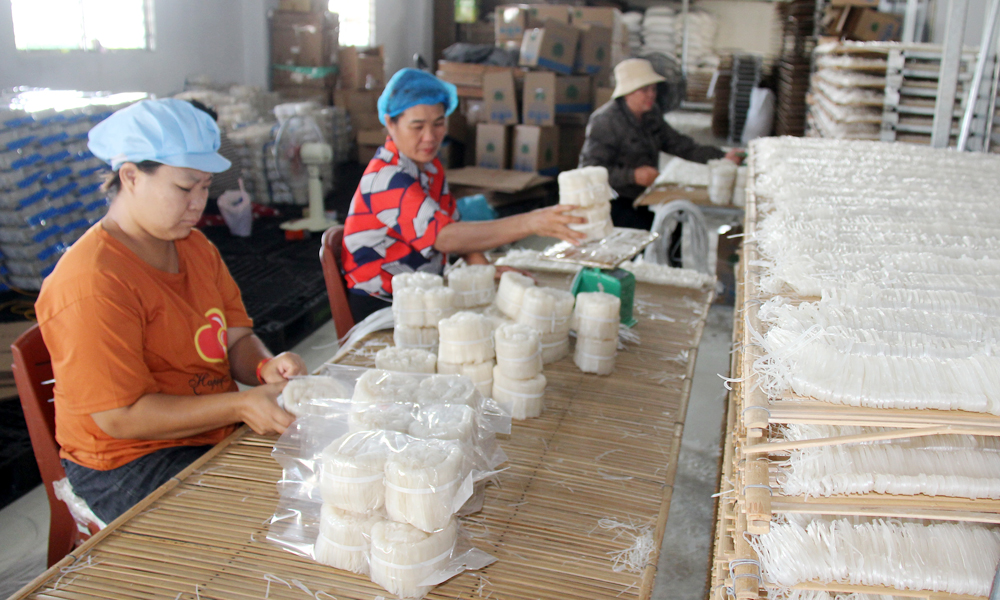


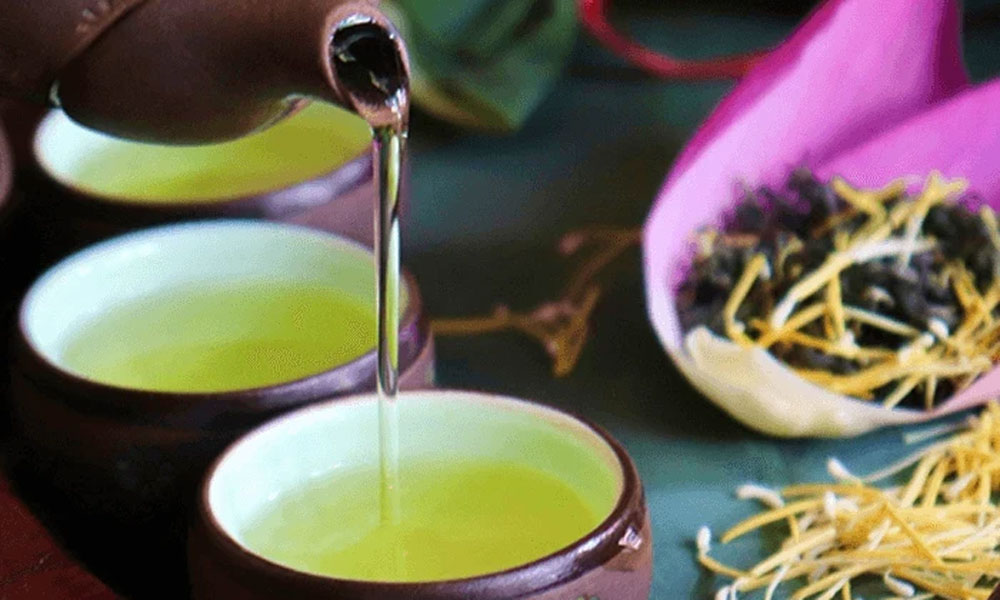




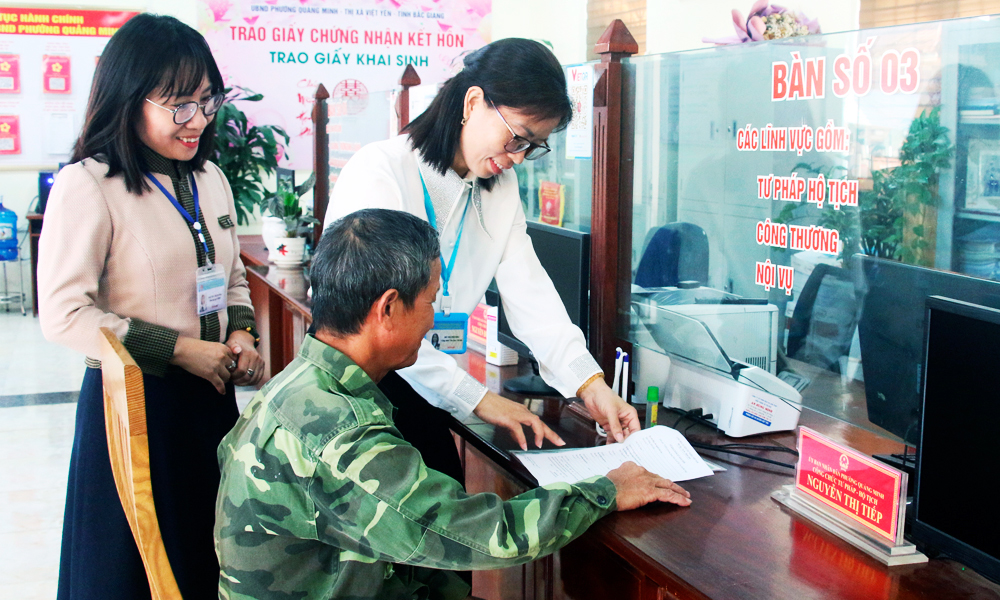


Reader's comments (0)